The Decision
These are my eyes.
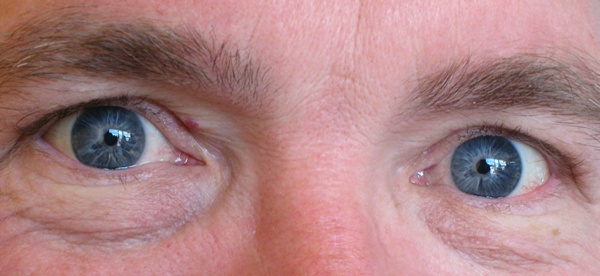
They’ve served me pretty well over the years, and my wife says she likes them, but they finally got to the point where they needed some help.
I’ve been myopic (meaning nearsighted, and some would say in more ways than one), since about puberty. I ended up about 20/150 in that area, meaning what I could see from 20 feet (6 meters) normal people could see from 150 feet (45.7 meters). My myopia vision correction eyeglass prescription has been stable for many years.
Presbyopia, the inability to focus on near objects, which affects everyone as they age, started for me when I was in my 40s. I was forced to wear bifocal glasses before I was fifty. As with most people, once it started the presbyopia slowly continued to reduce my near range uncorrected vision.
Until recently I had an area that was still in focus. It was an area between very near and a couple of feet (61 centimeters) that allowed me to read and work with my hands without glasses. Slowly though, the presbyopia started to eat into that range until my depth of field, the measurement of the area in focus, was only a few inches. This meant I needed to wear glasses to see everything that wasn’t in the distance that started about 12 inches and extended out to about 15 inches (30.5 to 38.1 centimeters) from my eyes. In short, without eyeglasses I couldn’t see things close and couldn’t see things far away.
I was beginning to feel that I would need lenses on my face that looked something like this, so I was motivated to take action.
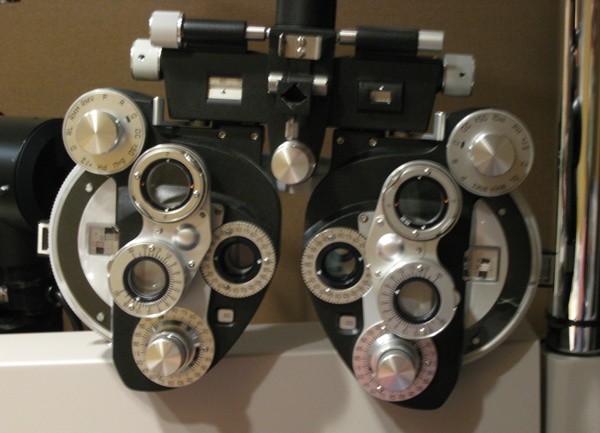
I’d always been protective of my eyes, I was only issued two, so I was very reluctant to do anything that would endanger my sight. Chief among these options was laser surgery. For years my criteria, my litmus test, my hurdle, to pursue this option was when I reached the point where I required glasses to read and work with my hands. I was finally at that point. In addition, we are headed overseas and I didn’t want to be dependant on an inherently fragile device, eyeglasses, to be able to drive or otherwise function.
My deteriorating depth of field and our life circumstances met my decision criteria, so I decided to seek eye surgery.
The Search
I first talked with everyone I knew who was a veteran of the various forms of laser eye surgery and collected their experiences with the procedure and their surgeons.
I next did a search, of eye surgery providers starting with the Fellows of the American College of Surgeons that led me to a short list of surgeons in the San Diego area. After corresponding with a few, I picked the surgeon with the best education (Princeton, Harvard Medical School, UCSF, etc.), qualifications (industry recognition, patents, etc.), capabilities (on-site laser system), professionalism, business processes and responsiveness.
I selected:
- Dr. Paul Chen
- North County Laser Eye Associates
- 1905 Calle Barcelona
- Suite 208
- Carlsbad, California 92009
(866) 471-6662
The Pre-Surgery Examination
The process began with a pre-surgery eye examination that was the most thorough I’d experienced in my lifetime since my first in Marshalltown, Iowa when I was about nine to my last about 18 months ago in Carlsbad, California.
The pre-surgery examination determined that my corneas were too thin for the common LASIK procedure where a flap is cut in the outer surface of the cornea and peeled back so the eximer laser can reshape the lower layer to correct vision. Due to my thin corneas, I required PRK, or photorefractive keratectomy, also known as ASA (advanced surface ablation).
The exam also determined that I was a viable candidate for monocular correction, where one eye would be left for near (myopic) vision and the other corrected for distance. Our friend Gary DuBois had great success with this option, but I determined that I would instead correct both eyes and just use reading glasses for near vision. I felt that with my level of presbyopia I would soon need to wear them to read anyway, so I decided to have the best distance vision possible by correcting both of my eyes.
During the pre-examination a computerized terrain map was created of both of my eyes. Eyes are as individual as fingerprints, no two are the same. This terrain map enabled the eximer laser that performed the surgery to exactly track my eye shape and create the perfect required modification of my cornea to correct my myopia. The common marketing terms for this terrain map and the associated laser tracking are Wavefront and Custom.
Because we are leaving the country as soon as we can I had the pre-surgery visit on Thursday and the surgery the next afternoon.
The Surgery
The surgery process began with donning a hair bonnet and pads to soak up errant eye drops. Orange dots, used to tell the surgical team which eye to operate on, were placed over both eyes. Eye drops were then applied.
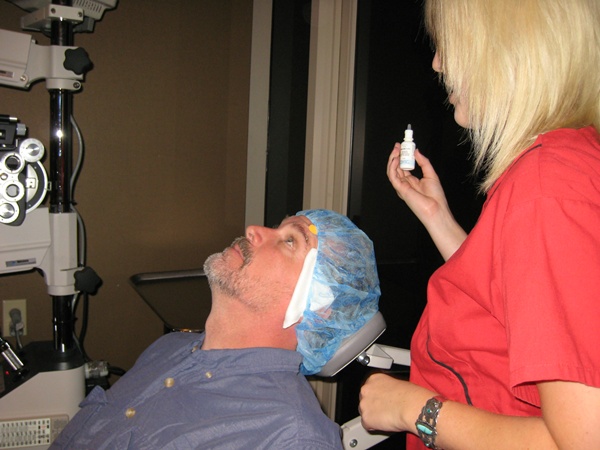
Dr. Chen then marked the centerline of my eyes to optimize the procedure to my normal line of sight.

Next I walked to the operating suite.
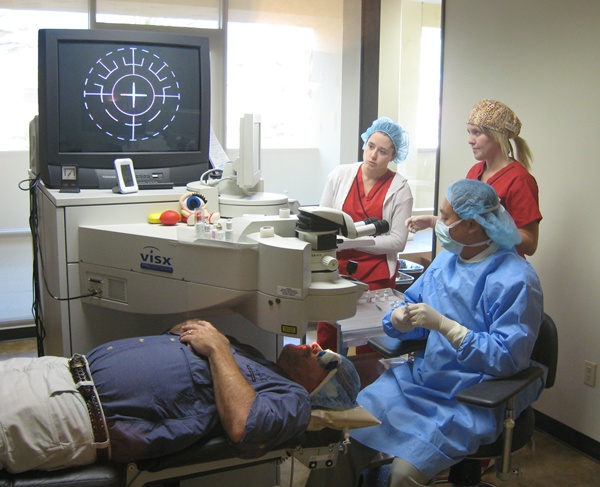
The laser surgery system is made by Visx.
The total installed cost is about $500k. Dr. Chen does surgery on Fridays and averages about five procedures a week. My total cost was $2,400 per eye, or $4,800 total. You can do the math, but don’t forget about the fixed and variable costs of business.
The system includes the capability for watching the procedure via a large video monitor. Steph was able to view the entire operating suite in an adjoining room with large windows. These photos and videos are what she shot during the procedure.
I was awake and conscious throughout the entire operation.
I was able to see all of the steps of the procedure as they happened in both eyes. My only requirement was to stare at a target, a blinking orange light, for the duration.
The system includes tracking capability that locks onto your eye and follows its movements. During the procedure the laser followed my eye’s tiny movements to ensure proper modification of each cornea.
The surgery is performed on one eye at a time. My head was
moved under the device to line up each eye.
The eye surgery process took about ten minutes. The actual laser firing was about 20 seconds per eye.
My last official act was to confirm that my terrain map data files had been loaded into the laser. Dr. Chen’s team has a triple level redundant process to ensure that the proper patient’s files are loaded, but I figured it never hurts to ask. As I noted earlier, I was only issued two eyes.
Numbing and lubricating drops were applied and my eye was clamped open for the duration of the procedure.
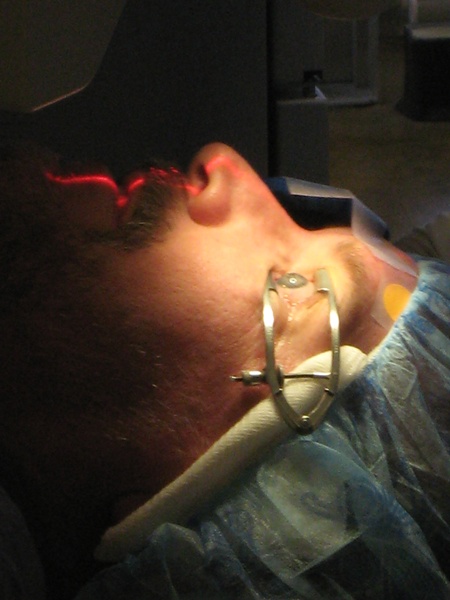
The first step was to grind off the outer layer of my cornea. This was accomplished by a small tool that resembles an electric toothbrush or Dremel tool.
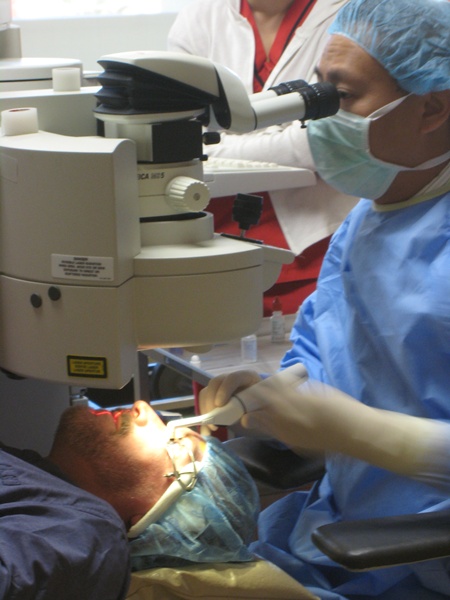
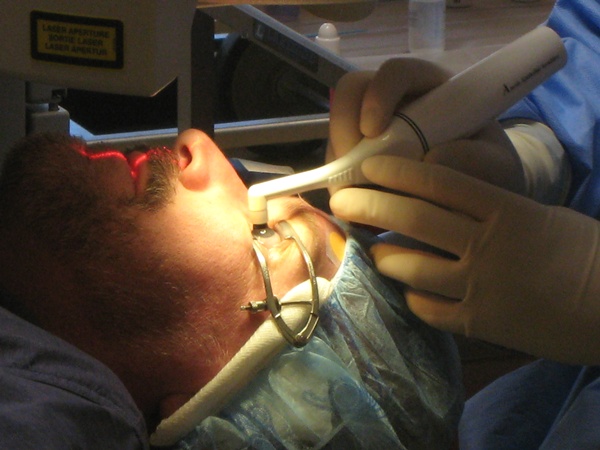
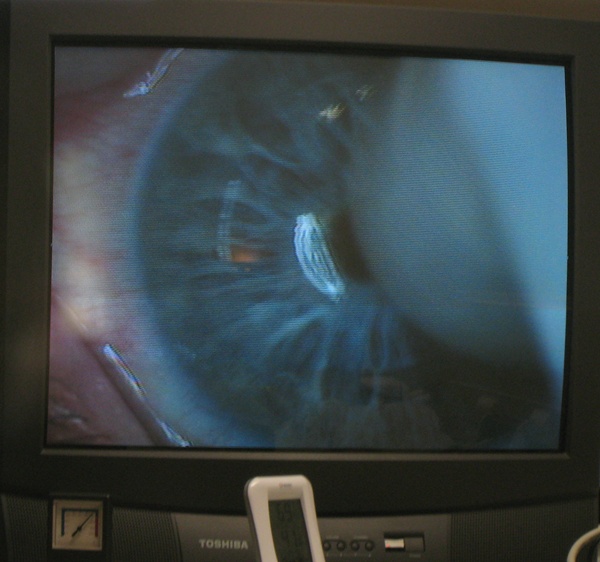
The debris from the ablation of the outer layer of the cornea was then cleared away by a small brush and irrigation with fluid.
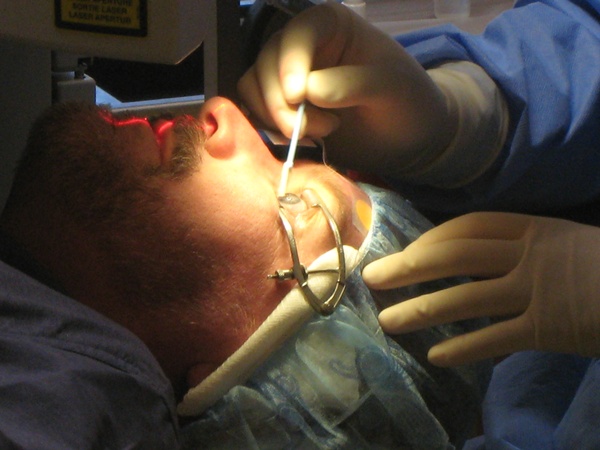
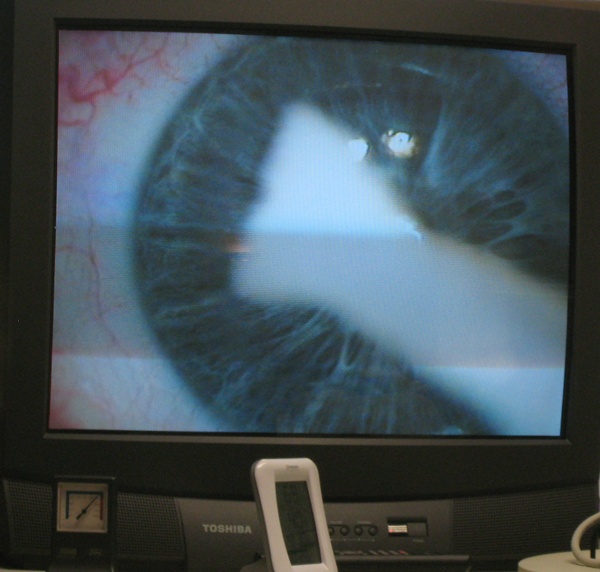
Click the thumbnail below for an overall video of the cleaning process.
(The video will play in a new browser window. There will be a delay while the video file downloads to your computer.)
Click the thumbnail below for a tighter video of the cleaning process.
(The video will play in a new browser window. There will be a delay while the video file downloads to your computer.)
My eye with the outer layer of the cornea removed, ready for laser surgery.
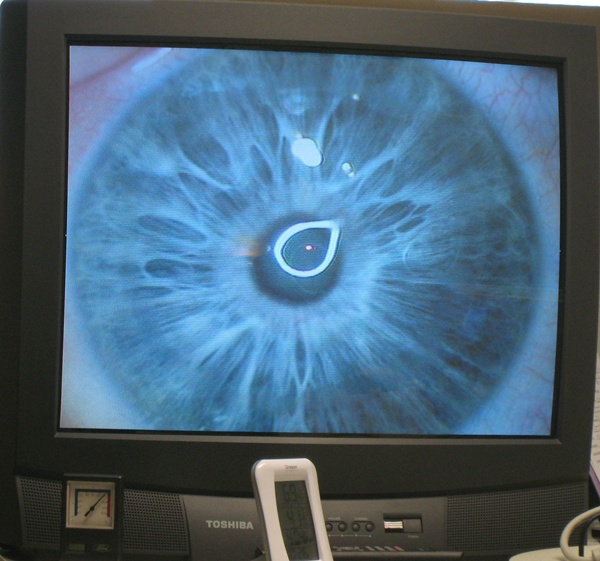
My eye targeted for the laser. The excimer laser used for the surgery is cool. It does not do its work by heat, but by physically removing material from the cornea.
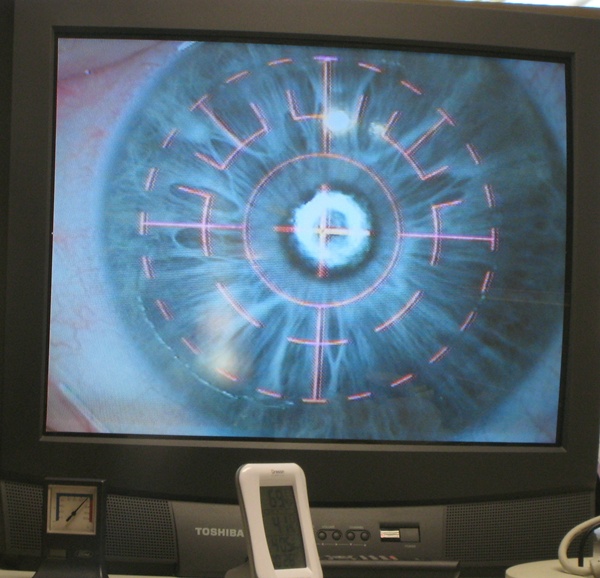
The laser firing. The dull blue area is the portion of the cornea that the laser shaped. In my case, the cornea needed to be flattened so the light would focus on the retina instead of in front of the retina.
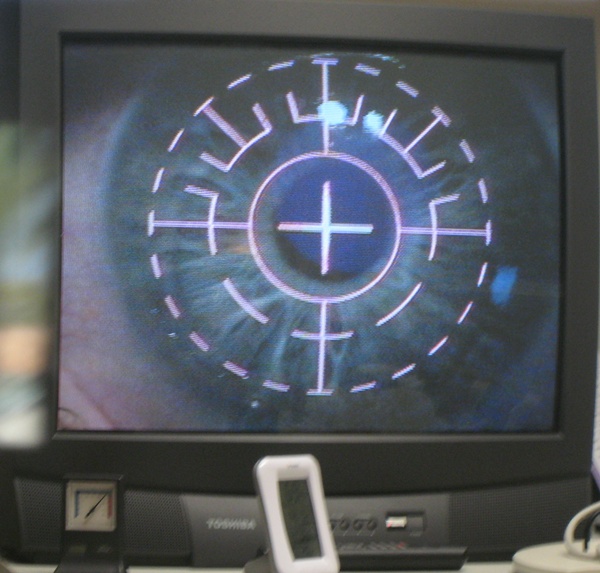
The laser cycle nearly complete. Note the larger area of dull blue. That is the debris field from the excimer laser.
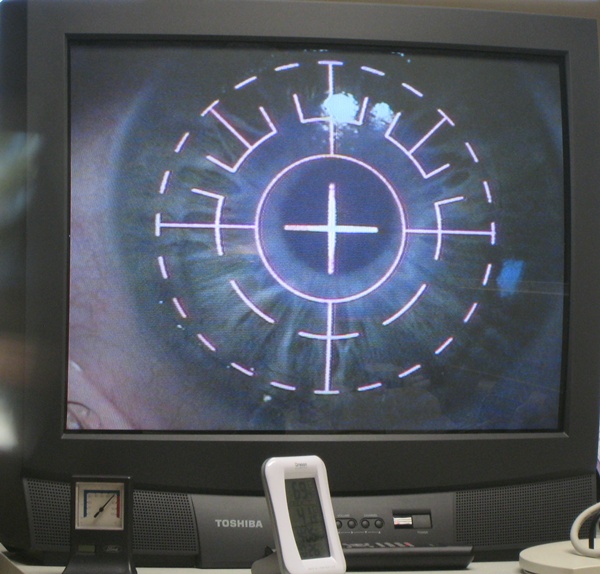
My eye after the laser had completed its work and after an initial cleaning of the debris.
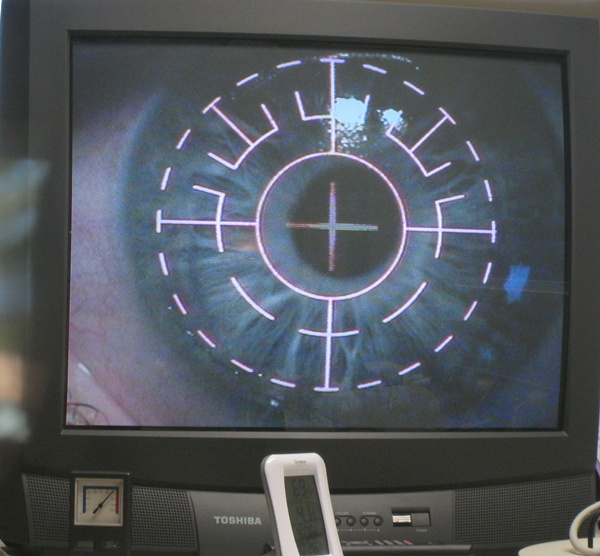
Further cleaning of the laser debris field by brush and fluid irrigation.

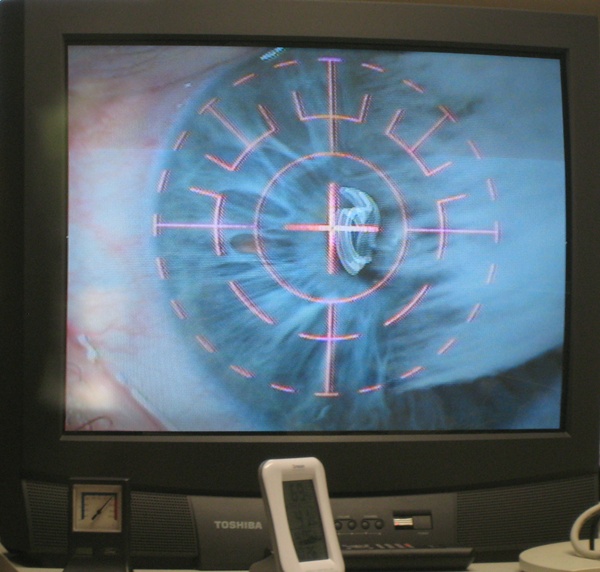
Click on the thumbnail below for cleaning video.
(The video will play in a new browser window. There will be a delay while the video file downloads to your computer.)
Completed, clean eye ready for bandage.
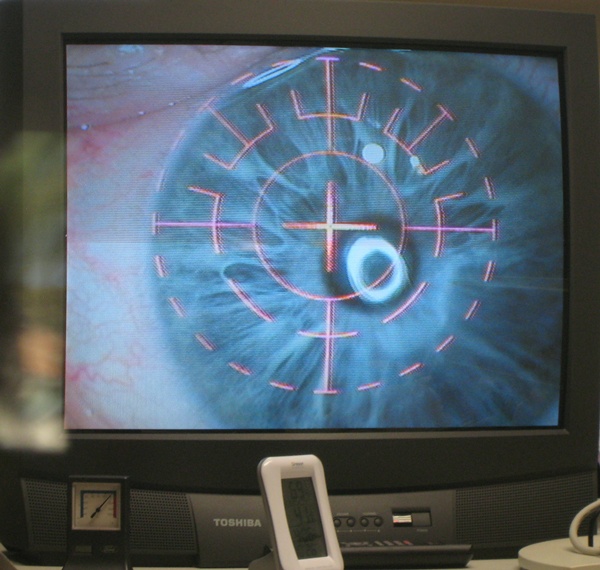
Insertion of the soft contact lens bandage.
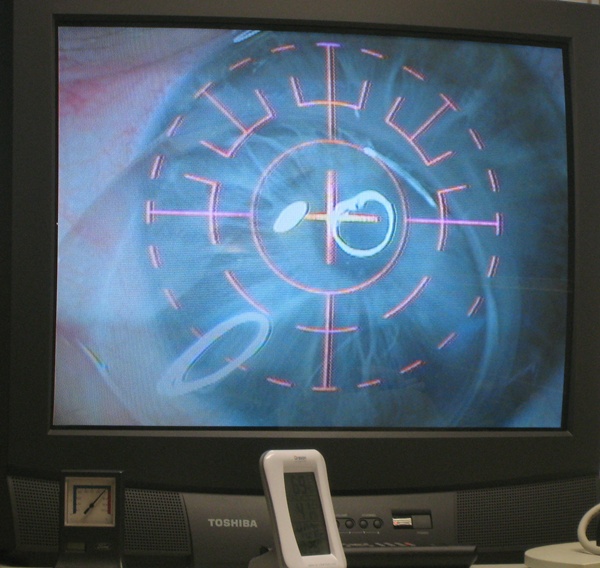
With our intrepid surgical assistant after the procedure. The dark glasses were required due to light sensitivity. I was very sensitive to light for the first week, then slowly less so.
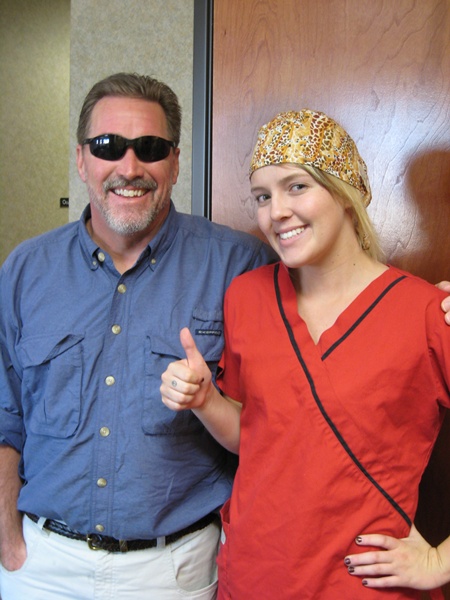
Procedure Comments
There was no pain during the procedure.
There was no detectable odor during the procedure.
It can be disconcerting experiencing the corneal ablation. You can see the debris field forming.
You can also see the debris field forming during the laser firing, otherwise there is no sensation during that process.
Post Operation Medication
I wore the soft contact bandages in both eyes for a total of seven days. I wore the first set for four days until my post operation checkup when I had a new set inserted for three additional days.
In addition, I applied three different medicines, Acular, Zymar and Pred Forte, by eye drop four times a day for one week.
I also took a pill, Neurontin, four times a day for four days.
Procedure Results
Because everyone I know had LASIK surgery I went into the surgery with a mental model of the two to three day recovery period common with that procedure. Instead of a flap of the top layer of the cornea being peeled back, reattached and quickly healing in LASIK, my PRK/ASA surgery required the ablation, or grinding off, of that top layer. I am in the process of that top layer healing, which means it scabs up, dries, re-wets, and slowly grows a new layer.
This process of scabbing, drying and forming a new layer is frustrating for the patient. During the process I get periods with perfect vision and then a blink will cloud everything up again. The healing process mostly consists of the duration of the sharp periods getting longer and the blurry periods becoming shorter.
For the first few days my vision was minimal, worse than pre-surgery without glasses. Over the remainder of the first week my vision gradually improved. Noticeable progress on a daily basis began on day eight.
I experienced discomfort in my corneas on the day after the surgery. I took a pain pill the afternoon of the surgery and the following morning but have not required any since then. My eyes have been tender, similar in sensitivity to a healing skin wound.
My eyes have required regular application of lubricating drops to relieve irritation.
My sensitivity to light has gradually decreased but is still noticeable.
My distance vision is improving dramatically and is now at least as good as it was with glasses. During the brief sharp vision periods of that time I tested 20/20 one week after the surgery, so I am confident the surgery will yield vastly improved distance vision once the healing process is complete.
I am now on day 13 and am finally able to see my laptop screen with reading glasses. Prior to now the only way I could see anything on the laptop or to read was with a large magnifying glass.
It will be an adjustment to need reading glasses for the laptop and for reading, but at the rate I was going, I would have needed them for those purposes very soon anyway.
Procedure Conclusion
Recommended.
Caveats: Be sure you clearly and completely understand the full recovery period required. Our departure will be delayed by at least two weeks. I could not have been productive at any work for at least seven days. I have very limited productivity capability at day 13.
Supplier Evaluation
North County Laser Eye Associates, its principal, Dr. Chen, and its staff exhibit exemplary levels of professionalism, responsiveness, positive attitudes, organization, cleanliness, accessibility, business practice implementation and state-of-the-art technology.
From brand development through professional medical services and on to customer follow-up each member of the organization and their underlying education, processes, training and performance measurement are excellent examples of health care delivery, medical practice, business management and process execution.
Highly recommended.
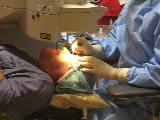
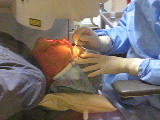
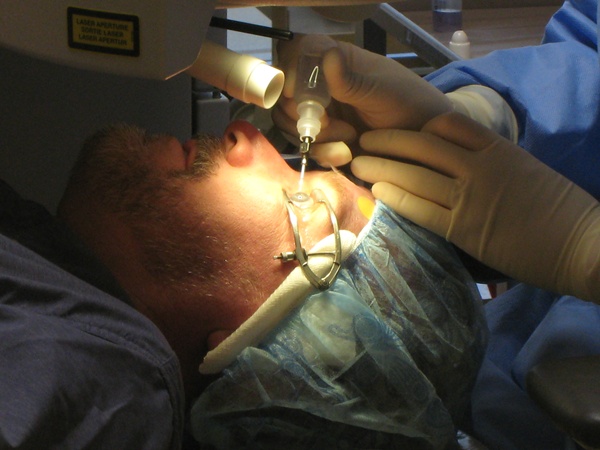
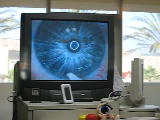
Pingback: leewochner.com » Blog Archive » The eyes have it
You know Jenn (dan’s wife) did lasik not to long ago as well. I had wondered when you would opt for a similar procedure. I imagine when I am able I will jump at it as well as my brief time with 30 day contacts has made life infinitle more enjoyable. Good to hear it went well and was only a minor bump in your time table and has made things far easier overall.
Glad to read your journey and the REAL healing time…that mine isn’t so far off REAL blog stories I’m reading. The eye community seems to like to lead people to believe that you’ll be “almost fully there” at day 5. No one mentioned I wouldn’t feel comfortable driving for a week (I didn’t). No one mentioned that the healing really takes as long as it does, or that I would feel so fatigued that first week. I really thing they know they’d lose that percentage of people who need this proceedure if they told you everything up-front as far as needing to limit so many activities…I’m not comfortable yet at Day 14 sweating, working outside in weeds, my gardens, laying in the sun for very long, doing any sanding or painting I was doing on the house before. Everything has come to a halt. It will be worth it, but I just wasn’t prepared.
I’m so glad to hear that things went well overall for you.
I’m wondering if this was a paid review…I’d thought about asking if my Dr. would consider one.
Maggie,
This was not a paid review.
We do not accept sponsorship and do not provide endorsements or reviews for compensation of any kind, e.g. cash, product(s) or services.
I did allow my surgeon to add a link to this post on his web site. I required that it be labeled clearly that my post was not compensated.
Doug
I am approximately 20 years R.K. post -op done by Dr. Lee Nordan, M.D. Before surgery I was very nearsighted. Other than having to wear reading glasses for up close work, I have enjoyed the gift of sight without any types of complications all because of the kindness of a great and kind person and doctor, Dr Nordan.
I thank you sincerely for the precious gift you gave me.
I was blind but now I could see…